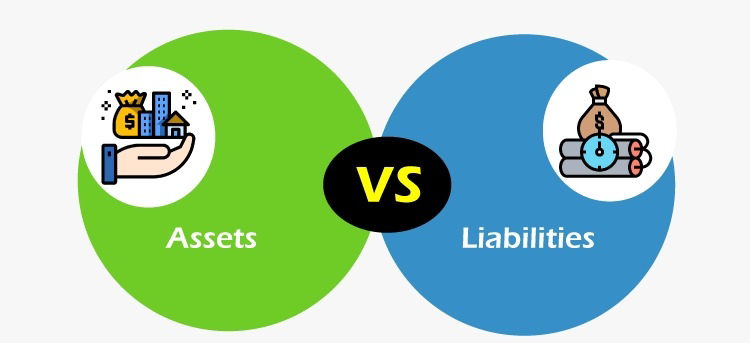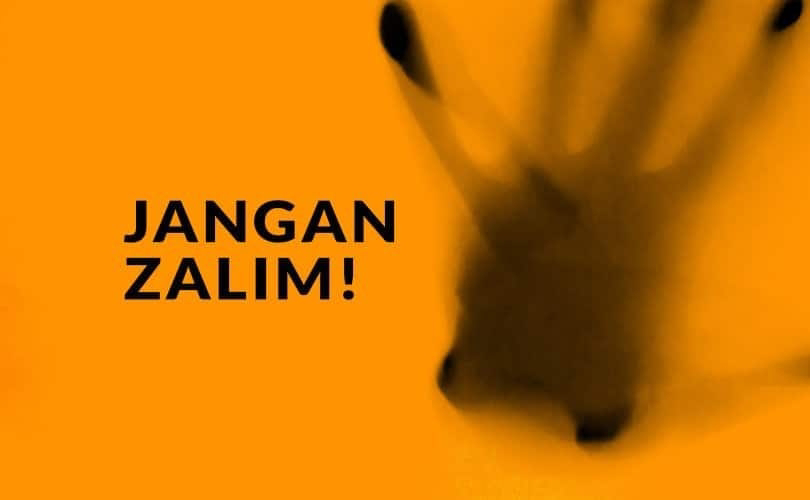As learners, we've all experienced the frustration of forgetting information shortly after learning it. Whether it's a lecture, a textbook, or a multimedia presentation, traditional methods of passive learning often result in low retention rates. However, there is a more effective way to boost retention and unlock long-term learning success - the Memory Retention Pyramid. In this blog, we'll explore this concept and delve into how incorporating active engagement and practice can significantly improve retention rates and enhance the learning process.
The Memory Retention Pyramid:
The Memory Retention Pyramid is a powerful concept that illustrates how learners retain information over time. It outlines different levels of retention based on the type of learning activity, with a pyramid shape indicating the varying effectiveness of each level. Let's take a closer look at the different levels of the Memory Retention Pyramid:
Lecture (5% retention): Lectures, where learners passively listen to an instructor, result in the lowest retention rate, with only 5% of information retained after 24 hours. While lectures can provide valuable information, they lack active engagement and practice, which can hinder long-term retention.
Reading (10% retention): Reading a textbook or other written materials leads to slightly higher retention, with around 10% of information retained after 24 hours. However, like lectures, reading alone may not provide enough opportunities for active engagement and practice, resulting in limited retention.
Audiovisual (20% retention): The use of audiovisual aids, such as videos or multimedia presentations, can increase retention to about 20%. Audiovisuals can provide a more dynamic and engaging learning experience compared to lectures or reading, but they may still lack the level of active engagement and practice needed for optimal retention.
Demonstration (30% retention): Watching a demonstration or participating in a hands-on activity can lead to better retention, with around 30% of information retained. This level of retention highlights the importance of incorporating experiential learning and active participation in the learning process.
Discussion (50% retention): Engaging in discussions, group work, or other interactive activities can further improve retention, with about 50% of information retained. Discussions allow learners to actively process information, share perspectives, and learn from each other, resulting in higher retention rates.
Practice by Doing (75% retention): Actively practicing or applying the learned information through activities, projects, or real-world experiences can result in much higher retention, with around 75% of information retained. This level of retention emphasizes the importance of hands-on, active learning and real-world applications for long-term retention.
Teaching Others (90% retention): Teaching the learned material to others is one of the most effective ways to retain information, with up to 90% of information retained. Teaching requires deep understanding, active engagement, and the ability to articulate and explain concepts, leading to high retention rates.
Implications for Effective Learning:
The Memory Retention Pyramid underscores the importance of active engagement, practice, and application in the learning process. Incorporating interactive and participatory activities in the learning process can significantly improve retention rates and enhance the overall learning experience. Here are some key implications for effective learning:
Promote active engagement: Passive learning methods, such as lectures and reading alone, may result in low retention rates. To enhance retention, educators should incorporate activities that actively engage learners in processing and applying information, such as discussions, group work, and hands-on activities.
Encourage real-world applications: Providing opportunities for learners to apply their learning in real-world contexts can greatly enhance retention. Activities such as projects, case studies, simulations, and practical applications can help learners connect theory with practice, leading to more meaningful and memorable learning experiences.
Foster collaboration and discussion: Encouraging discussions, group work, and collaborative learning can promote deeper understanding and retention of information. Learners can benefit from sharing their perspectives, exchanging ideas, and learning from each other's experiences, which can enhance retention and critical thinking skills.
Provide opportunities for practice: Incorporating opportunities for learners to actively practice and apply their learning through activities, projects, and real-world experiences can significantly improve retention rates. Practice by doing allows learners to reinforce their understanding of concepts, develop skills, and build confidence in their abilities, leading to higher retention.
Foster a teaching mindset: Encouraging learners to teach others what they have learned can be a powerful way to enhance retention. Teaching requires learners to thoroughly understand the material, organize their thoughts, and articulate concepts in their own words, which can solidify their learning and boost retention.
Use multimedia and experiential learning: Incorporating audiovisual aids, such as videos, multimedia presentations, and demonstrations, can enhance retention compared to traditional lecture-style presentations. Experiential learning, such as hands-on activities, simulations, and real-world applications, can also significantly improve retention by providing learners with opportunities to actively engage with the content.
Conclusion:
The Memory Retention Pyramid highlights the importance of active engagement, practice, and application in the learning process. Incorporating activities that promote discussions, collaboration, practice by doing, and teaching others can significantly enhance retention rates and foster a deep understanding of the material. Educators and learners alike can benefit from incorporating the principles of the Memory Retention Pyramid into their learning approach to unlock long-term learning success. By actively engaging learners, providing opportunities for practice, and fostering collaboration and real-world applications, we can improve retention rates and create more effective and memorable learning experiences. So, let's strive to move beyond passive learning and embrace an active and participatory approach to learning for optimal retention and success

























